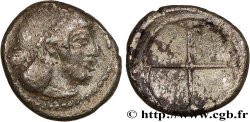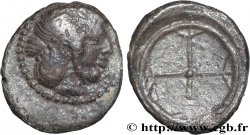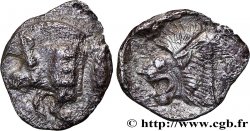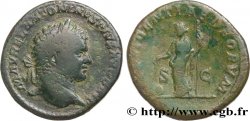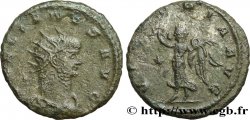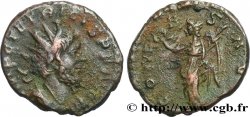v36_0052 - SICILY - SYRACUSE Tétradrachme
MONNAIES 36 (2008)
Starting price : 850.00 €
Estimate : 1 500.00 €
unsold lot
Starting price : 850.00 €
Estimate : 1 500.00 €
unsold lot
Type : Tétradrachme
Date: c. 425-420 AC.
Mint name / Town : Syracusa
Metal : silver
Diameter : 24 mm
Orientation dies : 9 h.
Weight : 16,69 g.
Rarity : R2
Emission: groupe 5, série 23
Coments on the condition:
Exemplaire sur un petit flan épais et irrégulier, légèrement décentré, particulièrement au droit. Frappe faible au droit. Très beau portrait. Jolie patine superficielle avec des reflets dorés
Catalogue references :
Obverse
Obverse legend : ANÉPIGRAPHE.
Obverse description : Bige au pas à droite, conduit par un aurige tenant les rênes et le kentron ; le bige est couronné par Niké volant à gauche.
Reverse
Reverse description : Tête d'Aréthuse à droite, les cheveux relevés et retenus par un saccos orné d’une frise, entourée de quatre dauphins.
Reverse legend : SURAKOSION
Reverse translation : (De Syracuse).
Commentary
Mêmes coins que l’exemplaire de la collection de l’American Numismatic Society (ANS. 207).
Same dies as the example in the American Numismatic Society collection (ANS. 207)
Same dies as the example in the American Numismatic Society collection (ANS. 207)







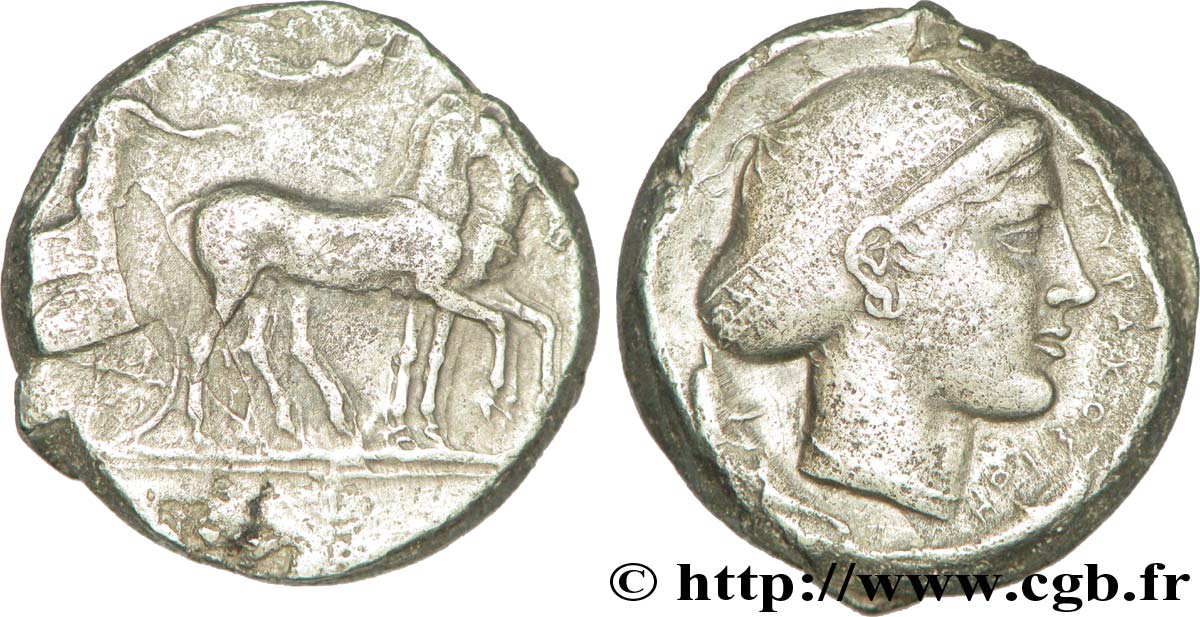
 Report a mistake
Report a mistake Print the page
Print the page Share my selection
Share my selection Ask a question
Ask a question Consign / sell
Consign / sell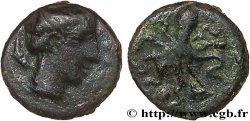
 Full data
Full data
